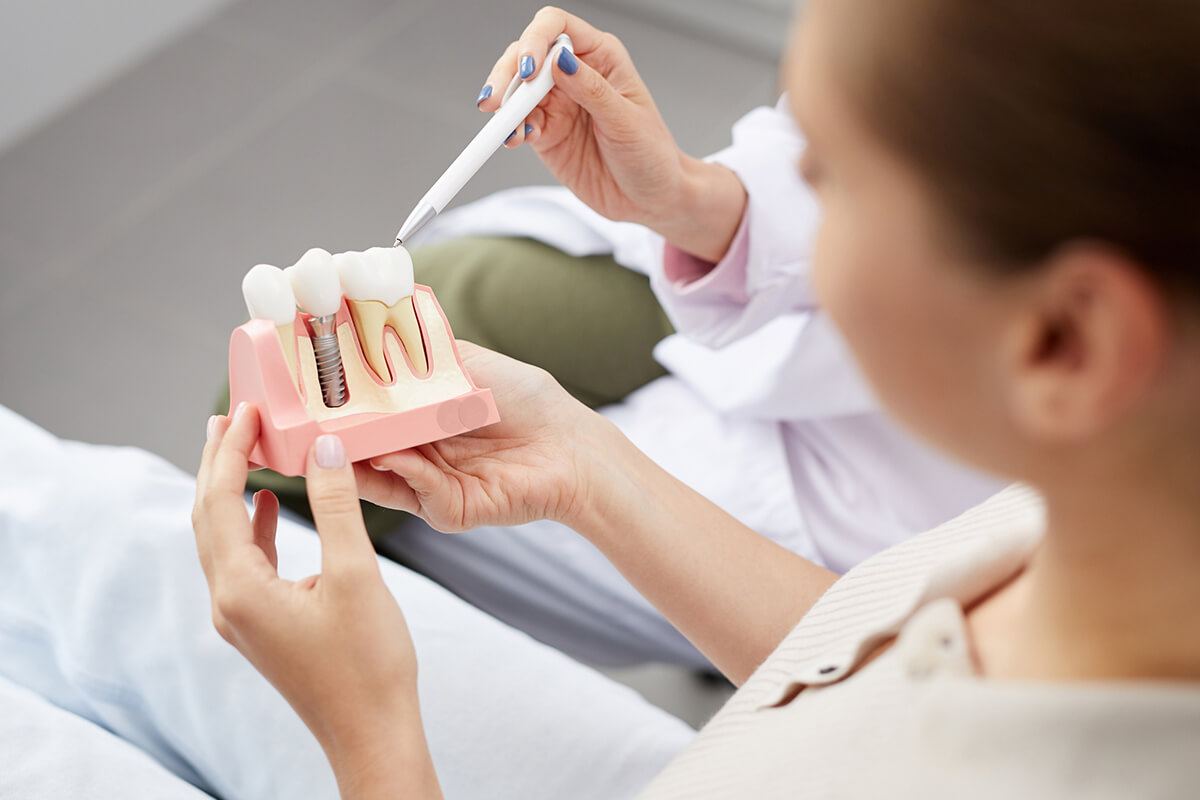Dental crowns are prosthetics that replace damaged teeth to restore the patient’s smile and functionality. Crowns, which are also called caps, are shaped like natural teeth and are placed after removal of damaged tooth structure.
Dental crowns are an excellent middle ground between fillings and dental implants. A filling can restore a tooth with mild decay in just one visit. Dental implants are the best option when the tooth is completely gone or too damaged to save. Crowns are for those teeth somewhere in the middle: too damaged for a filling but not decayed enough for an implant.
Crowns are also used in dental implants and go over the parts that are connected to the jawbone. However, the following information is about crowns that go over natural teeth.
Only you and your restorative dentist can decide if a dental crown is right for your smile. Learn about the many types of crowns, how crowns are placed, and other important information before making your decision.
Types of Dental Crowns
There are many types of dental crowns available:
- Ceramic: These look the most like natural teeth and are recommended for any teeth that show when you flash a smile.
- Porcelain fused to metal: These crowns are made of metal and have a porcelain coating to make them look like natural teeth. These are recommended for molars as the metal allows them to withstand chewing.
- Gold alloys: These crowns are the most durable option. Your dentist may recommend these if you have a history of teeth grinding.
- Base metal alloys: Your dentist may recommend this strong option if there isn’t enough healthy tooth left to support ceramic crowns.
Your dentist can help you decide the most appropriate dental crown for you.
How Are Dental Crowns Placed?
It typically takes two appointments to place a dental crown. In the first appointment, your dentist will remove any decayed or damaged parts of your natural tooth first. Some of the parts may need additional build up then, they will take measurements of the remaining tooth. This allows the practice to make a crown that perfectly fits your tooth and restores its shape and size. Finally, they will place a temporary crown over the tooth.
Between appointments, your custom-fit crown gets made. In your second appointment, your dentist will remove the temporary crown and place the permanent crown. You leave with a strong, healthy, and dazzling smile.
Your dentist will use a local anesthetic during appointments to eliminate pain during the procedure. You may notice some tenderness once the anesthetic wears off, but it should be mild.
Dental Crowns in West Milford, NJ
If you think a dental crown may be right for you, see Doctor Agnieszka Jamrozek, DMD. Doctor Jamrozek understands the power of a confident smile and wants her patients to shine. She is committed to continuing education, so you know you’re always getting state-of-the-art care.
Get started with your dental crowns in Milford, NJ, by contacting our office today. Our friendly staff will set up your first appointment and give you all the information you need.

